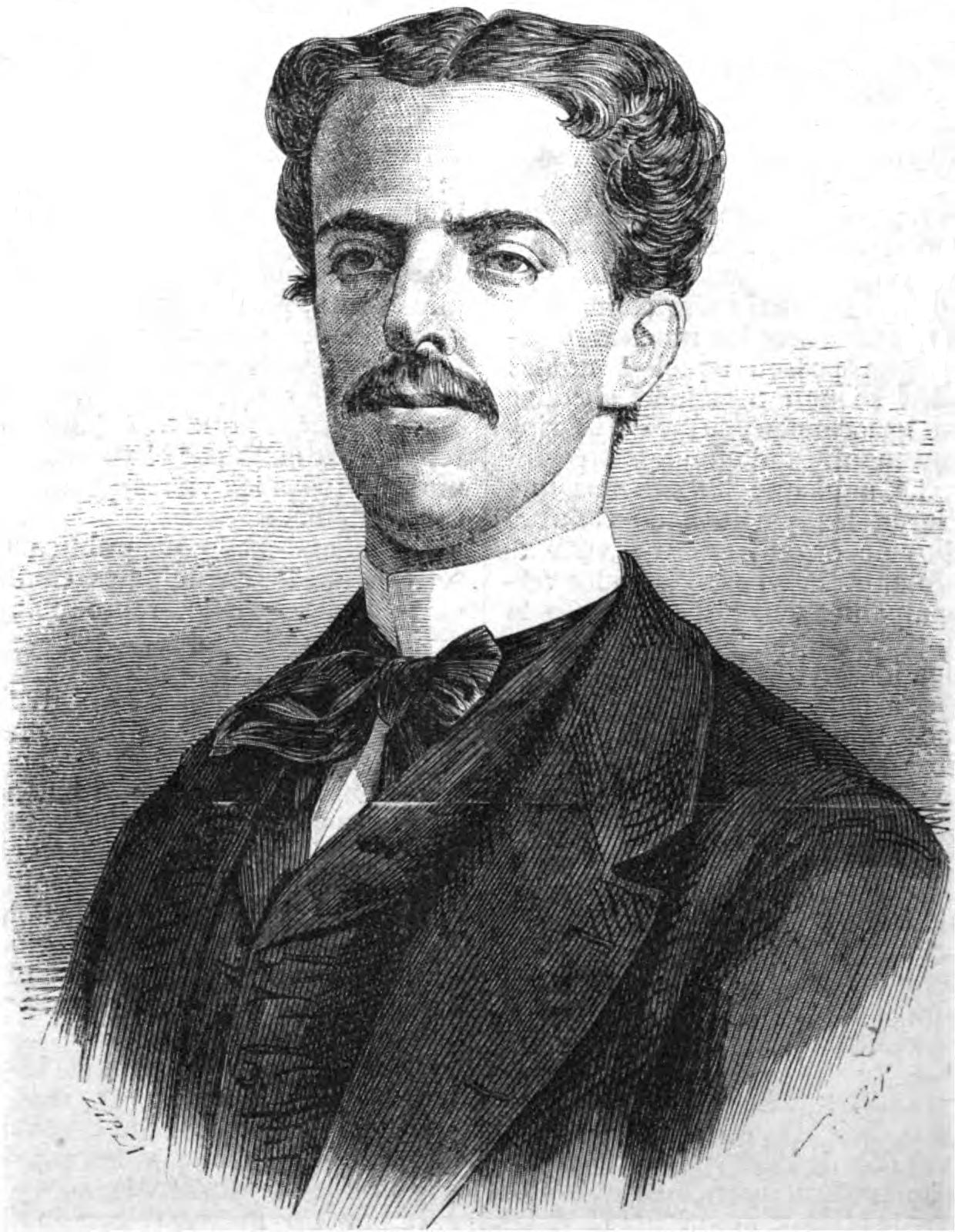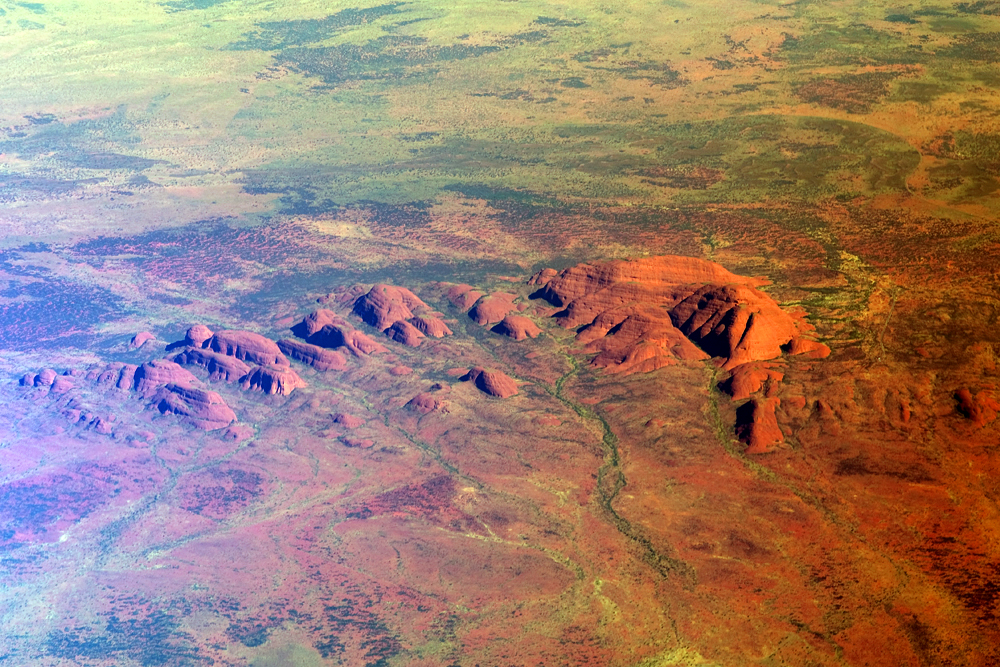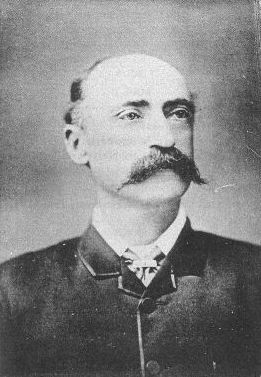|
Lake Amadeus
Lake Amadeus (together with Lake Neale, Pitjantjatjara: ''Pantu'' ("salt lakes")) is a large salt lake in the southwest corner of Northern Territory of Australia, about north of Uluru. The smaller Lake Neale is adjacent to the northwest. It is part of (or a surface feature of) the Amadeus Basin that was filled with the erosion products of the Petermann Orogeny. Physical features Due to the aridity of the area, the surface of Lake Amadeus is usually a dry salt crust. In times of sufficient rainfall, it is part of an east-flowing drainage system that eventually connects to the Finke River. Lake Amadeus is long and wide, making it the largest salt lake in the Northern Territory. Lake Amadeus contains up to 600 million tonnes of salt; however, harvesting it has not proved viable, owing to its remote location. History Lake Amadeus is on Aboriginal land, and is covered by the Katiti and Petermann Aboriginal Land Trusts. The first European to arrive at the lake, the e ... [...More Info...] [...Related Items...] OR: [Wikipedia] [Google] [Baidu] |
Petermann, Northern Territory
__NOTOC__ Petermann is a locality in the Northern Territory of Australia located about south of the territory capital of Darwin City, Northern Territory, Darwin in the territory’s south-western corner adjoining the states of South Australia and Western Australia. The locality consists of the following land (from west to east) – the Petermann Aboriginal Land Trust, the Katiti Aboriginal Land Trust and the NT Portion 1798 (better known as the Uluru-Kata Tjuta National Park), the Land Settlement Aboriginal Corporation and NT Portion 6665 (better known as the Watarrka National Park), the Urrampinyi Iltjiltjarri Aboriginal Land Trust and the pastoral leases of Curtin Springs, Angas Downs and Mulga Park. The locality fully surrounds the communities of Kaltukatjara, Northern Territory, Kaltukatjara and Mutitjulu, Northern Territory, Mutitjulu, and the locality of Yulara, Northern Territory, Yulara. Petermann is named after the Petermann Ranges (Australia), Petermann Ranges, a m ... [...More Info...] [...Related Items...] OR: [Wikipedia] [Google] [Baidu] |
Petermann Aboriginal Land Trust
Petermann may refer to: Places Antarctica * Petermann Island *Petermann Ranges (Antarctica) Australia * Petermann, Northern Territory, a locality *Petermann Orogeny, a geological feature *Petermann Ranges (Australia) Greenland *Petermann Glacier * Petermann Peak *Petermann Fjord Elsewhere * Petermann (crater), a feature on the Moon * Kapp Petermann, a headland on the island of Spitsbergen People *André Petermann (1922–2011), Swiss physicist * Andreas Petermann (born 1957), German cyclist * Anke Petermann, German radio journalist *August Heinrich Petermann (1822–1878), German cartographer * Daniel Petermann (born 1995), Canadian football player * Davide Petermann (born 1994), Italian football player * Erna Petermann (1912–?), Nazi concentration camp overseer *Felix Petermann (born 1984), German ice hockey player *Julius Heinrich Petermann 1801 –1876), German Orientalist * Lena Petermann (born 1994), German football player * Mary Locke Petermann (1908–1975), American ... [...More Info...] [...Related Items...] OR: [Wikipedia] [Google] [Baidu] |
Amadeo Of Spain
Amadeo ( it, Amedeo , sometimes latinized as Amadeus; full name: ''Amedeo Ferdinando Maria di Savoia''; 30 May 184518 January 1890) was an Italian prince who reigned as King of Spain from 1870 to 1873. The first and only King of Spain to come from the House of Savoy, he was the second son of Victor Emmanuel II of Italy and was known for most of his life as the Duke of Aosta, the usual title for a second son in the Savoyard dynasty. He was elected by the Cortes Generales as Spain's monarch in 1870, following the deposition of Isabel II, and was sworn in the following year. Amadeo's reign was fraught with growing republicanism, Carlist rebellions in the north, and the Cuban independence movement. After three tumultuous years in the throne, he abdicated and returned to Italy in 1873, and the First Spanish Republic was declared as a result. He founded the Aosta branch of Italy's royal House of Savoy, which is junior in agnatic descent to the branch descended from King Umberto ... [...More Info...] [...Related Items...] OR: [Wikipedia] [Google] [Baidu] |
List Of Lakes In Australia
Natural freshwater lakes in Australia are rare due to the general absence of glacial A glacial period (alternatively glacial or glaciation) is an interval of time (thousands of years) within an ice age that is marked by colder temperatures and glacier advances. Interglacials, on the other hand, are periods of warmer climate betw ... and Plate tectonics, tectonic activity in Australia. Types Most lakes in Australia fall within one of five categories. Excluding lakes created by List of reservoirs and dams in Australia, man-made dams for water storage and other purposes, one can identify the following: * coastal lakes and lagoons including perched lakes; * natural freshwater inland lakes, often ephemeral and some part of wetland or swamp areas; * the Main Range (Snowy Mountains), Main Range containing mainland Australia's five glacial lakes. In Tasmania, due to glaciation, there are a large number of natural freshwater lakes on the central plateau, many of which have been en ... [...More Info...] [...Related Items...] OR: [Wikipedia] [Google] [Baidu] |
William Gosse (explorer)
William Christie Gosse (11 December 1842–12 August 1881), was an Australian explorer, who was born in Hoddesdon,"Gosse, William Christie (1842–1881)". ''Australian Dictionary of Biography'', Online Edition. Australian National University. 2006. Retrieved 13 March 2014. Hertfordshire, England and immigrated to Australia with his father Dr. William Gosse in 1850. He was educated at J. L. Young's Adelaide Educational Institution and in 1859 he entered the Government service of South Australia. He held various positions in the survey department, including Deputy Surveyor-General. He died of a heart attack on 12 August 1881, aged 38, after a long illness. Although Gosse's exploration was not groundbreaking, he filled in many details in the central map. He named the Musgrave Ranges and was able correctly to lay down the position of some of the discoveries of Ernest Giles. On 19 July 1873 he reached an inselberg and gave it the name Ayers Rock. He was the first European man to c ... [...More Info...] [...Related Items...] OR: [Wikipedia] [Google] [Baidu] |
Australian Geographic
Australian Geographic is a media business that produces the ''Australian Geographic'' magazine, ''DMag'' magazine, specialist book titles, travel guides, diaries and calendars and online media. It published editions of the Australian Encyclopaedia. It previously operated the Australian Geographic retail chain stores and Australian Geographic Travel and Australian Geographic Adventures. ''Australian Geographic'' magazine, originally titled ''Dick Smith's Australian Geographic'', is a bi-monthly geographical journal created by Dick Smith in 1986. The magazine focuses mainly on stories about Australia, or about Australian people in other countries. The six editions published each year are available by subscription and on newsstands. They include posters or sheet maps in each edition, as well as photographs and detailed technical illustrations. Australian Geographic also has a website that includes the entire magazine digital archive. Each year, a portion of the profits is prov ... [...More Info...] [...Related Items...] OR: [Wikipedia] [Google] [Baidu] |
Kata Tjuta
Kata Tjuṯa / The Olgas (Pitjantjatjara: , lit. 'many heads'; ) is a group of large, domed rock formations or bornhardts located about southwest of Alice Springs, in the southern part of the Northern Territory, central Australia. Uluṟu / Ayers Rock, located to the east, and Kata Tjuṯa / The Olgas form the two major landmarks within the Uluṟu-Kata Tjuṯa National Park. The park is considered sacred to the Aboriginal people of Australia. The 36 domes that make up Kata Tjuṯa / Mount Olga cover an area of are composed of conglomerate, a sedimentary rock consisting of cobbles and boulders of varying rock types including granite and basalt, cemented by a matrix of coarse sandstone. The highest dome, Mount Olga, is above sea level, or approximately above the surrounding plain higher than Uluṟu). [...More Info...] [...Related Items...] OR: [Wikipedia] [Google] [Baidu] |
English Language
English is a West Germanic language of the Indo-European language family, with its earliest forms spoken by the inhabitants of early medieval England. It is named after the Angles, one of the ancient Germanic peoples that migrated to the island of Great Britain. Existing on a dialect continuum with Scots, and then closest related to the Low Saxon and Frisian languages, English is genealogically West Germanic. However, its vocabulary is also distinctively influenced by dialects of France (about 29% of Modern English words) and Latin (also about 29%), plus some grammar and a small amount of core vocabulary influenced by Old Norse (a North Germanic language). Speakers of English are called Anglophones. The earliest forms of English, collectively known as Old English, evolved from a group of West Germanic (Ingvaeonic) dialects brought to Great Britain by Anglo-Saxon settlers in the 5th century and further mutated by Norse-speaking Viking settlers starting in the 8th and 9th ... [...More Info...] [...Related Items...] OR: [Wikipedia] [Google] [Baidu] |
Amadeus Of Spain
Amadeo ( it, Amedeo , sometimes latinized as Amadeus; full name: ''Amedeo Ferdinando Maria di Savoia''; 30 May 184518 January 1890) was an Italian prince who reigned as King of Spain from 1870 to 1873. The first and only King of Spain to come from the House of Savoy, he was the second son of Victor Emmanuel II of Italy and was known for most of his life as the Duke of Aosta, the usual title for a second son in the Savoyard dynasty. He was elected by the Cortes Generales as Spain's monarch in 1870, following the deposition of Isabel II, and was sworn in the following year. Amadeo's reign was fraught with growing republicanism, Carlist rebellions in the north, and the Cuban independence movement. After three tumultuous years in the throne, he abdicated and returned to Italy in 1873, and the First Spanish Republic was declared as a result. He founded the Aosta branch of Italy's royal House of Savoy, which is junior in agnatic descent to the branch descended from King Umberto ... [...More Info...] [...Related Items...] OR: [Wikipedia] [Google] [Baidu] |
Ferdinand Von Mueller
Baron Sir Ferdinand Jacob Heinrich von Mueller, (german: Müller; 30 June 1825 – 10 October 1896) was a German-Australian physician, geographer, and most notably, a botanist. He was appointed government botanist for the then colony of Victoria (Australia) by Governor Charles La Trobe in 1853, and later director of the Royal Botanic Gardens, Melbourne. He also founded the National Herbarium of Victoria. He named many Australian plants. Early life Mueller was born at Rostock, in the Grand Duchy of Mecklenburg-Schwerin. After the early death of his parents, Frederick and Louisa, his grandparents gave him a good education in Tönning, Schleswig. Apprenticed to a chemist at the age of 15, he passed his pharmaceutical examinations and studied botany under Professor Ernst Ferdinand Nolte (1791–1875) at Kiel University. In 1847, he received his degree of Doctor of Philosophy from Kiel for a thesis on the plants of the southern regions of Schleswig. Mueller's sister Bertha had be ... [...More Info...] [...Related Items...] OR: [Wikipedia] [Google] [Baidu] |
Ernest Giles
William Ernest Powell Giles (20 July 1835 – 13 November 1897), best known as Ernest Giles, was an Australian explorer who led five major expeditions to parts of South Australia and Western Australia. Early life Ernest Giles was born in Bristol, England, the eldest son of William Giles ( – 28 May 1860), a merchant, and Jane Elizabeth Giles, ''née'' Powell ( – 15 March 1879). Their family had been in comfortable circumstances but fell on hard times and emigrated to Australia. William Giles was living in North Adelaide by 1850 and Melbourne by 1853. William was later employed by Customs in Victoria, and his wife founded a successful school for girls in that colony. Giles was educated at Christ's Hospital school, Newgate, London. In 1850, at the age of 15, he emigrated to Australia, joining his parents in Adelaide. In 1852 Giles went to the Victorian goldfields, then became a clerk at the Post Office in Melbourne, and later at the County Court. Soon tiring of town life Gi ... [...More Info...] [...Related Items...] OR: [Wikipedia] [Google] [Baidu] |
Katiti Aboriginal Land Trust
The Katiti Aboriginal Land Trust (Katiti ALT) is a land trust for a block of land in the southwest of the Northern Territory of Australia located in the locality of Petermann. It was created through the Katiti Land Claim in 1980. The trust's owners include Pitjantjatjara, Yankunytjatjara and Luritja people. The block of land is officially referred to as Northern Territory Portion 1818. It borders the larger Petermann Land Trust area and Uluṟu–Kata Tjuṯa National Park to the north and west, and two pastoral stations to the east and south: Curtin Springs and Mulga Park. The town of Yulara is excluded from the Land Trusts, and sits between the Katiti block and Uluṟu–Kata Tjuṯa National Park. The trust is named after Katiti (''Bobbie's Well''), a natural spring located about south of Lake Amadeus. This spring was first written about by Baldwin Spencer and Francis James Gillen. They visited it in 1894 on their way to Uluṟu, and recorded the name "Kurtitina" (more a ... [...More Info...] [...Related Items...] OR: [Wikipedia] [Google] [Baidu] |






